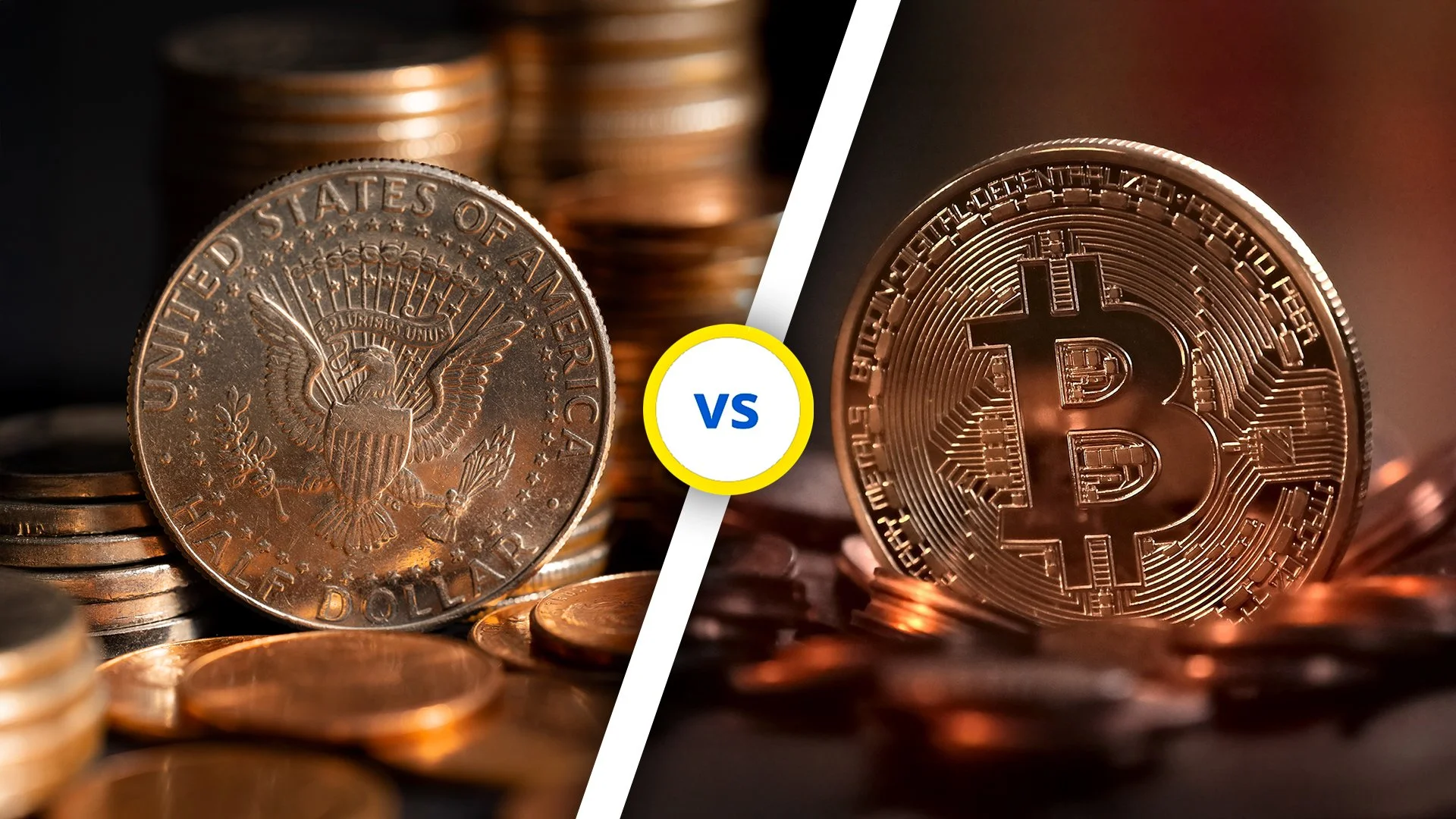Cryptocurrency vs. Forex: Which Market Reigns Supreme for Global Traders?
The Clash of Digital Titans: Crypto vs. Forex
In the world of global trading, two markets dominate conversations among investors — Cryptocurrency and Forex (Foreign Exchange). Both offer high potential returns, rapid price movements, and global accessibility. Yet, they differ significantly in structure, risk, and opportunity.
For traders—especially those new to the scene—understanding these differences can mean the difference between informed success and costly mistakes. As platforms like Global Markets Eruditio (GME Academy) continue to educate aspiring traders worldwide, it’s essential to explore what sets these two financial frontiers apart.

Understanding the Markets: How They Work
Forex trading involves buying and selling currency pairs such as EUR/USD, USD/JPY, or GBP/JPY. It’s the largest financial market in the world, with over $7 trillion traded daily. Governed by central banks and influenced by macroeconomic data—like GDP, inflation, and employment reports—Forex is rooted in real-world fundamentals.
On the other hand, cryptocurrency trading deals with digital assets like Bitcoin (BTC), Ethereum (ETH), and Ripple (XRP). These assets are decentralized, meaning no central authority regulates them. Instead, blockchain technology ensures transparency and security through distributed ledgers.
In Forex, traders analyze geopolitical events, interest rate changes, and economic indicators. In crypto, they watch blockchain upgrades, adoption trends, and regulatory news.
Market Accessibility and Liquidity
Liquidity is a major factor that separates these two worlds. Forex markets are incredibly liquid—traders can buy or sell USD, EUR, or JPY at nearly any time without large price distortions. Major pairs like EUR/USD and USD/JPY often have spreads of less than a pip, making them ideal for short-term traders.
Cryptocurrency markets, while accessible 24/7, can experience sharp volatility and lower liquidity—especially for smaller coins. A single large transaction can cause noticeable price swings, making risk management a crucial skill for crypto traders.
For Forex trading beginners, liquidity and market stability make Forex a more predictable and educational starting point before exploring the unpredictable nature of crypto assets.
Regulation and Security
Forex markets are regulated by major financial authorities, such as the U.S. Commodity Futures Trading Commission (CFTC) and the Financial Conduct Authority (FCA) in the UK. These regulatory bodies ensure transparency, fair trading practices, and broker accountability.
In contrast, cryptocurrencies operate in a more fragmented regulatory environment. Some countries embrace them with clear guidelines, while others impose restrictions or outright bans. This makes crypto trading more susceptible to fraud, manipulation, and unregulated exchange risks.
That said, as adoption grows and institutional participation increases, regulation is gradually catching up—bringing more credibility to the digital asset space.
Volatility and Risk: Opportunity or Threat?
Both markets offer high-reward potential—but also high risk.
Forex volatility often arises from central bank decisions, such as interest rate cuts or hikes by the Federal Reserve (Fed) or the Bank of Japan (BOJ). For example, changes in the USD/CAD pair may reflect shifts in oil prices or monetary policy.
Crypto volatility, however, can be extreme and unpredictable. A tweet, regulatory announcement, or market hack can send prices soaring—or crashing—within minutes.
Experienced traders often use this volatility to their advantage, but for newcomers, it can be overwhelming without proper risk management training—something GME Academy emphasizes in its Forex education programs.
The Technology Factor
One undeniable advantage of crypto trading is its technological innovation. The rise of DeFi (Decentralized Finance), NFTs, and blockchain ecosystems has opened new avenues for investment and automation. However, technology can also be a double-edged sword—network congestion, smart contract vulnerabilities, and digital theft remain ongoing risks.
In contrast, Forex relies on decades of infrastructure and sophisticated trading platforms like MetaTrader 4/5, offering proven reliability and analytical depth.
The Verdict: Which Market Wins?
There’s no clear winner—only what best suits your goals.
Choose Forex if you prefer structure, liquidity, and a well-regulated environment.
Choose Crypto if you seek innovation, flexibility, and are willing to tolerate higher risk for higher potential gains.
In many cases, successful traders diversify across both—using Forex for stability and crypto for speculative opportunities.
Start Your Learning Journey Today
Whether you’re trading EUR/USD or Bitcoin/USD, knowledge remains your strongest asset. Markets evolve, but informed traders adapt faster.
At GME Academy, we equip aspiring traders with practical knowledge, real-world strategies, and the confidence to navigate both Forex and cryptocurrency markets effectively.
Ready to trade smarter?
Join our FREE Forex Workshop today and take your first step toward mastering the global financial markets.

